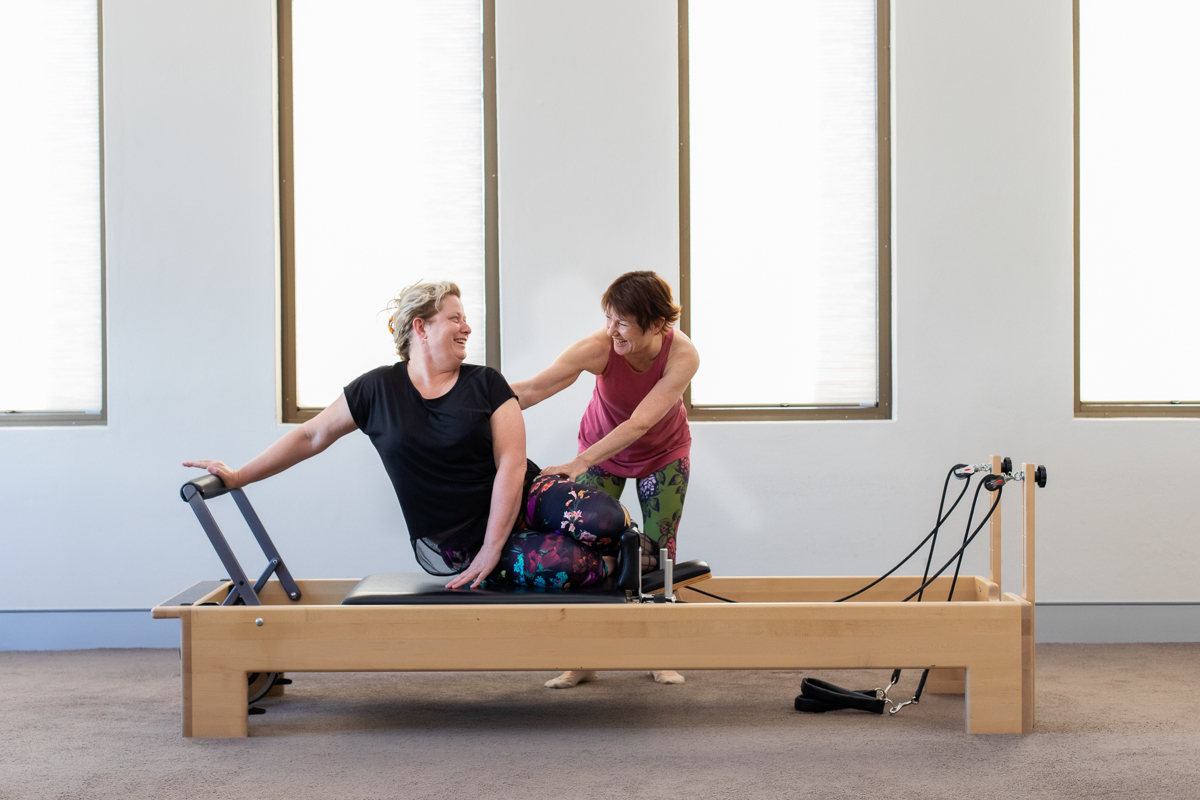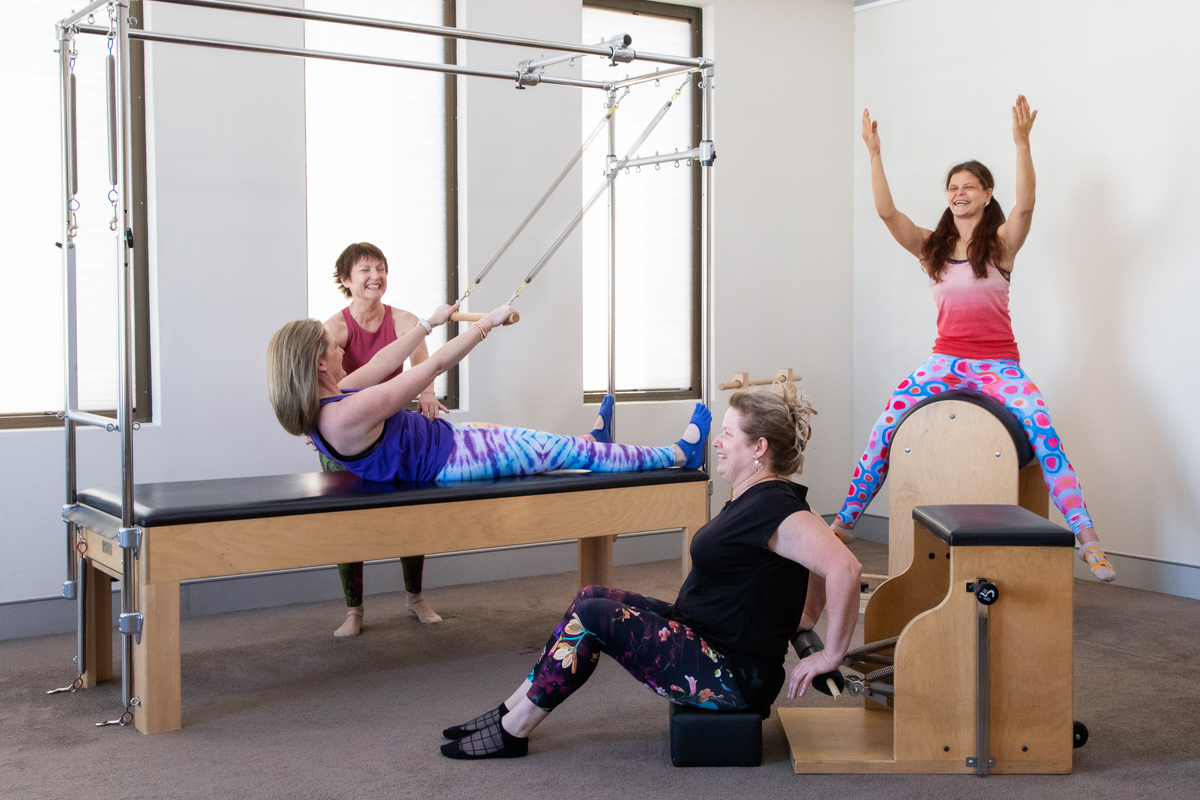The Pilates Identity Crisis: Why Words Matter for Your Studio
The word Pilates has never been more visible, but also never more misunderstood.
For some, Pilates looks like rows of reformers in a high-energy, big-box studio. For others, it’s quiet, precise, and deeply personal. It is a practice closer to therapy than fitness. Both fall under the same name. And that’s where the challenge begins for small studio owners.
In Episode 1 of our new podcast series, Diaries of Professional Pilates Instructors, I sat down with Carla Ricalis, Co-founder and Director of Studio3 in Toronto, to explore this identity problem. Carla’s decades of experience, spanning continents, instructor training, and studio ownership, shed light on why the language we use to describe our work matters more than ever.
The Challenge: Defining What Makes Us Different
Clients can sometimes walk into boutique studios expecting the same thing they’ve seen advertised by large Pilates franchises: crowded, large group reformer classes.
The reality is very different. Boutique and clinical, Pilates studios often provide:

But here’s the catch: Unless we explain that difference clearly, clients may never see it. So, all the above should also be accompanied by a sales journey that educates prospects on the differences, before they enquire and certainly before they arrive and start participating.
Why Language Matters
Carla shared how, in her Toronto market, the term Clinical Pilates is usually associated with physiotherapy-led rehabilitation. Meanwhile, in Australia and other regions, some studios use Clinical to distinguish their services from fitness-style franchises.
This is exactly why clarity of language is a business asset. And it should be reinforced everywhere prospects meet you: website copy, reviews, emails, and local search.

“It really is about studios like ours in the world that need to figure out how they stand apart from these big-box Pilates studios. And I think the consistent thing is that most established small studios — the owners or the instructors working there — are very committed to their education and their ongoing education.” — Carla Ricalis
Other terms get used as well such as traditional, personalised, precision, rehabilitation, even wellness. Whatever the choice, the point is the same: words shape client perception and set expectations before anyone ever steps into the studio. They tell potential clients whether they’re in the right place or not.
If you want to test which words resonate in your market, then measure impact with SEO KPIs (impressions, CTR, local pack visibility) over time.
The Real Differentiator: Commitment to Education
One consistent theme across established small studios worldwide is commitment. Studio owners and instructors are deeply invested in their initial and their ongoing education.
That commitment translates into quality instruction, safer progressions, and a depth of care that large, volume-based studios can’t replicate. It’s one of the clearest points of differentiation, but only if we communicate it in client stories and reviews that do the explaining for you.
What This Means for Studio Owners
If we don’t define our difference, the market will define it for us.
That means:
This is a marketing exercise that protects the value of what we do and ensures that prospects & clients understand why our version of Pilates is worth their investment.
Hear the Full Conversation
This blog only scratches the surface of the insights Carla shared.
Listen to Episode 1 of Diaries of Professional Pilates Instructors on The Pilates Business Podcast to hear the full discussion. Available now on all major podcast platforms.